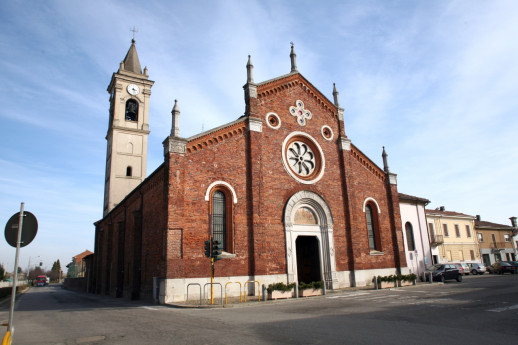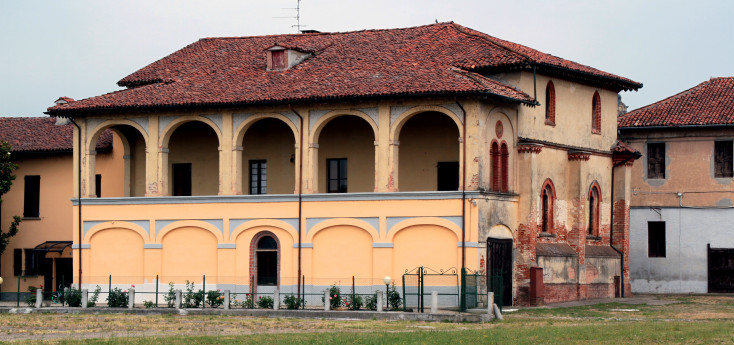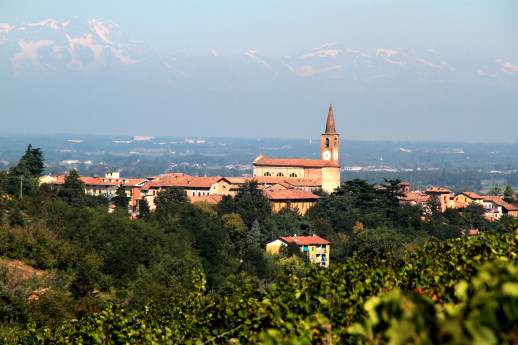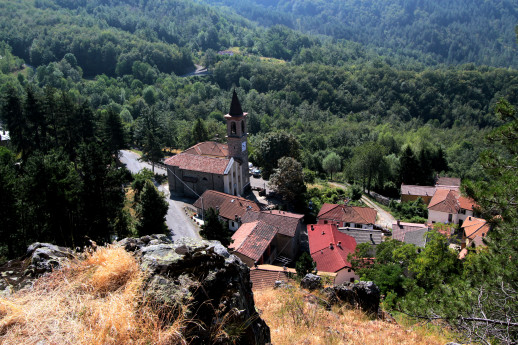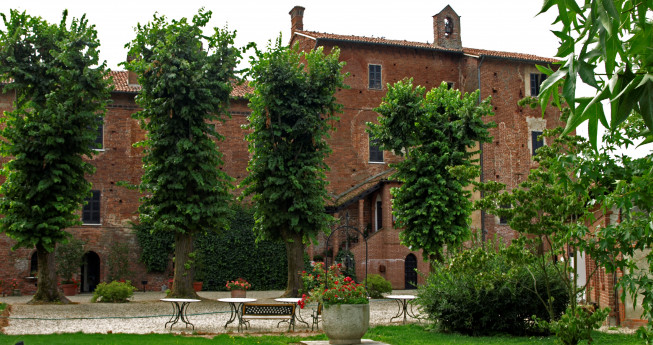Brallo Di Pregola
Brallo di Pregola is in the heart of the Apennines on the border between the provinces of Piacenza, Genoa and Alessandria and it is precisely for this reason that the area can be called the 'land of four provinces', a place in which different traditions, cultures and dialects meet. Standing in a panoramic position above the town, the church of Sant’Agata is now merely a ruined perimeter. This dependency of the monastery of San Colombano di Bobbio is definitely reported only in the ninth century, but the archaeological relics found here show that it has an even older history, which dates at least from the seventh century, the era of San Colombano and the Longobard kings.


